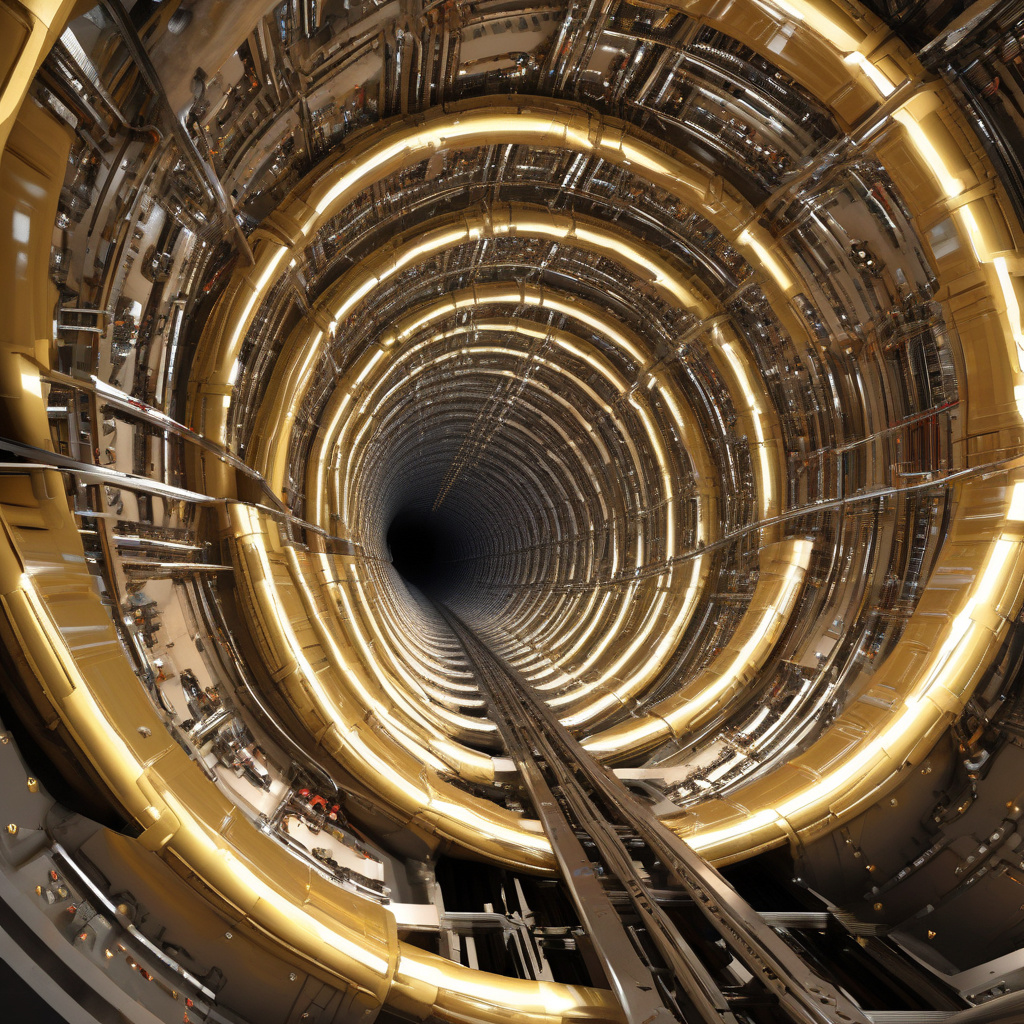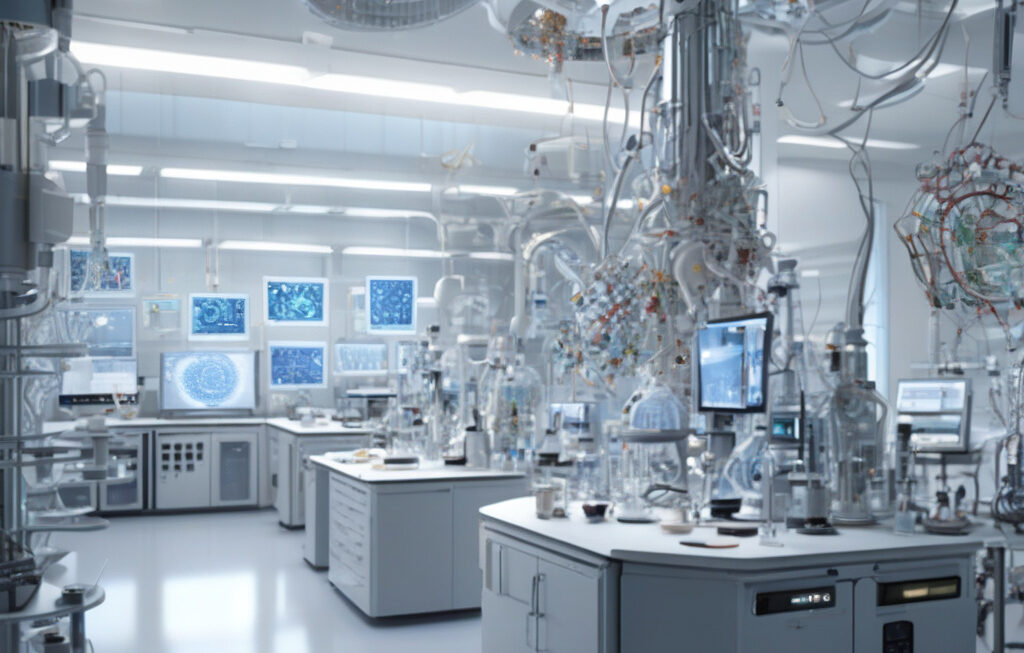How US Physicists Helped Spot Lead Turn to Gold at World’s Largest Collider
Earlier in May this year, researchers at the Large Hadron Collider (LHC) detected the creation of gold particles from colliding lead ions. This groundbreaking achievement was made possible by the collaborative efforts of physicists from around the world, including a team of researchers from the United States who played a crucial role in analyzing the data and interpreting the results.
The LHC, located at the European Organization for Nuclear Research (CERN) in Switzerland, is the world’s largest and most powerful particle accelerator. It allows scientists to recreate the conditions that existed just moments after the Big Bang, providing valuable insights into the fundamental building blocks of the universe.
The experiment involved smashing lead ions together at incredibly high speeds, generating temperatures over 5 trillion degrees Celsius – 40,000 times hotter than the core of the sun. In these extreme conditions, the protons and neutrons inside the lead ions melted into a hot, dense soup known as quark-gluon plasma.
What was particularly remarkable about this experiment was the unexpected transformation of some of the quark-gluon plasma into gold particles. This phenomenon, known as nuclear alchemy, had long been theorized but had never been observed in such a controlled environment.
The detection of gold particles among the debris of the collisions was a challenging task that required sophisticated detectors and advanced data analysis techniques. This is where the expertise of the US physicists came into play. By developing innovative algorithms and statistical models, they were able to sift through vast amounts of data to identify the elusive signatures of gold production.
One of the key contributions of the US team was the development of machine learning algorithms that could quickly analyze the complex patterns emerging from the collisions. These algorithms were trained on simulated data to recognize the unique characteristics of gold particles, enabling the researchers to distinguish them from other particles with high accuracy.
In addition to their technical expertise, the US physicists brought a fresh perspective to the collaboration, challenging existing theories and proposing new hypotheses to explain the unexpected results. Their interdisciplinary approach, combining physics, mathematics, and computer science, was instrumental in advancing our understanding of nuclear physics.
The discovery of nuclear alchemy at the LHC opens up exciting possibilities for future research, both in fundamental physics and practical applications. By unraveling the mysteries of how elements are formed in the universe, scientists can gain valuable insights into the origins of matter and the evolution of the cosmos.
As we look to the future, it is clear that international collaborations and cross-disciplinary research will continue to drive innovation in the field of particle physics. The success of the lead-to-gold experiment at the LHC is a testament to the power of teamwork and the relentless pursuit of knowledge.
In conclusion, the role of US physicists in spotting lead turn to gold at the world’s largest collider highlights the importance of global cooperation and diverse expertise in pushing the boundaries of scientific discovery. By harnessing the collective intelligence of researchers from around the world, we can unlock the secrets of the universe and pave the way for a brighter future.
LHC, ParticlePhysics, NuclearAlchemy, USPhysicists, ScientificDiscovery












